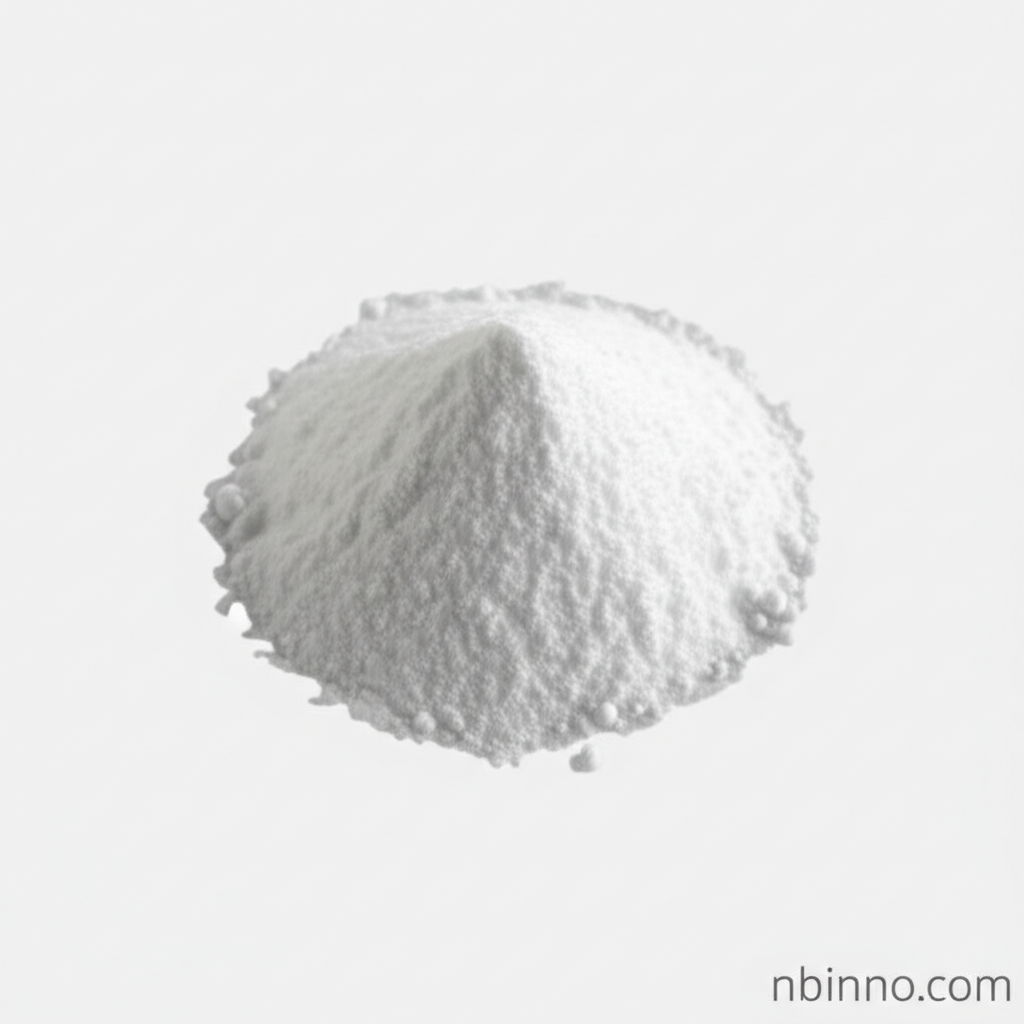Aprepitant: A Key Antiemetic for Modern Medical Practices
Discover the science behind Aprepitant, a vital NK1 receptor antagonist for preventing nausea and vomiting.
Get a Quote & SampleProduct Core Value

Aprepitant
Aprepitant is a selective, high-affinity substance P antagonist that plays a crucial role in managing nausea and vomiting associated with chemotherapy and surgery. Its unique mechanism of action, targeting NK1 receptors, differentiates it from other antiemetic classes.
- Understanding the aprepitant mechanism of action reveals its efficacy in blocking substance P's emetic signals.
- The aprepitant pharmaceutical applications extend to providing relief from both acute and delayed nausea.
- Exploring the aprepitant synthesis pathway highlights advancements in creating this vital compound.
- The NK1 receptor antagonist action makes Aprepitant a cornerstone in supportive cancer care.
Key Advantages
Targeted Action
Aprepitant's targeted NK1 receptor antagonist activity ensures specific intervention against nausea and vomiting pathways, minimizing off-target effects.
Synergistic Effects
It enhances the antiemetic properties of 5-HT3 receptor antagonists and corticosteroids, offering comprehensive protection against CINV.
Broad Spectrum Emetic Control
Aprepitant provides efficacy against both acute and delayed phases of chemotherapy-induced nausea and vomiting, a critical benefit for patient comfort.
Key Applications
Chemotherapy-Induced Nausea and Vomiting (CINV)
Aprepitant is a standard of care for preventing CINV, significantly improving the quality of life for cancer patients undergoing treatment.
Postoperative Nausea and Vomiting (PONV)
Its use extends to preventing nausea and vomiting following surgical procedures, contributing to faster patient recovery.
Pharmaceutical Research
As a well-characterized NK1 receptor antagonist, Aprepitant is utilized in research to explore new therapeutic avenues for various neurological and inflammatory conditions.
Drug Discovery and Development
The study of Aprepitant's chemical properties and synthesis pathway informs the development of next-generation antiemetics and other targeted therapies.
